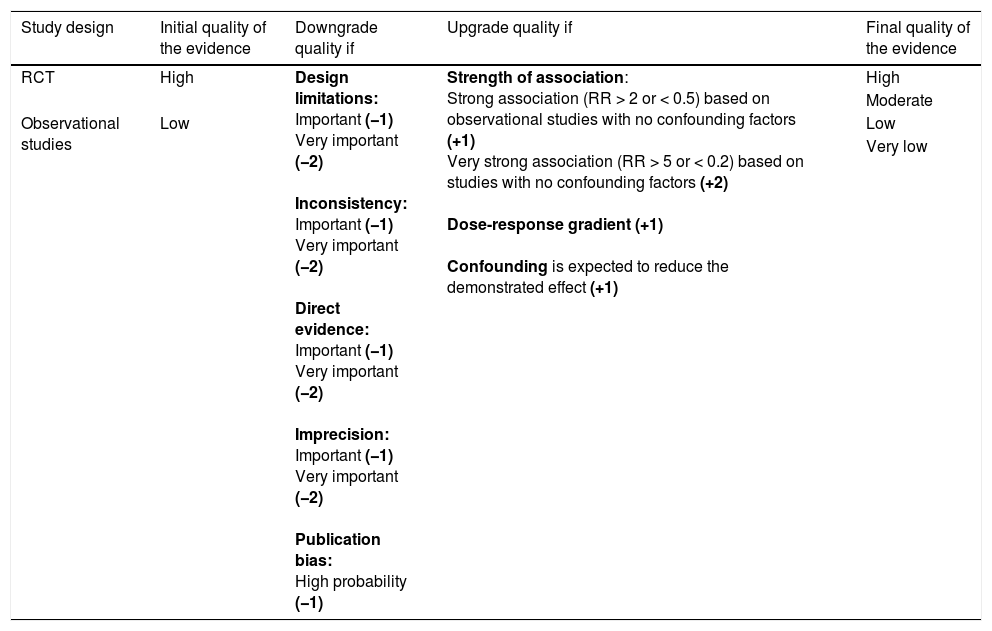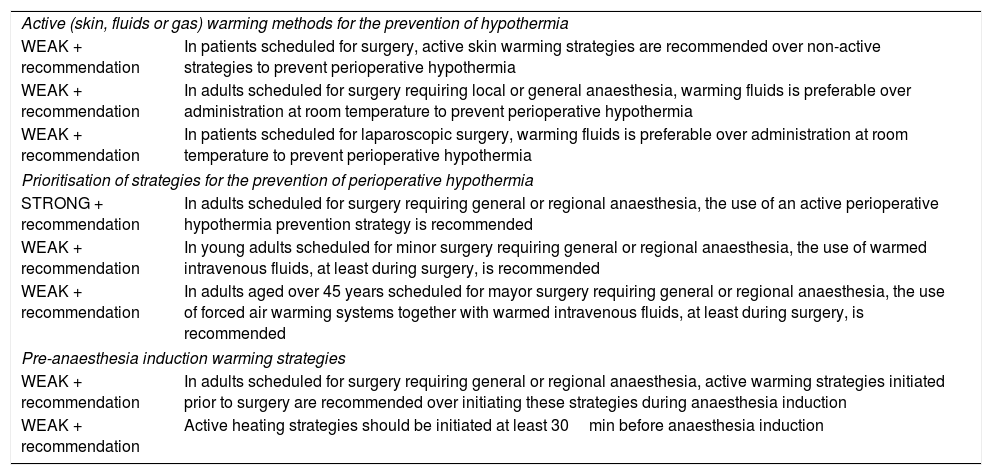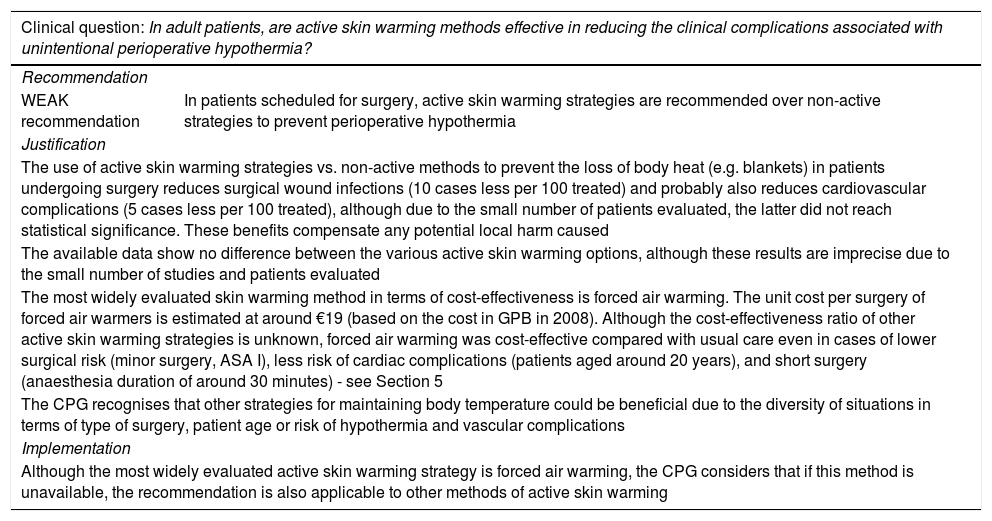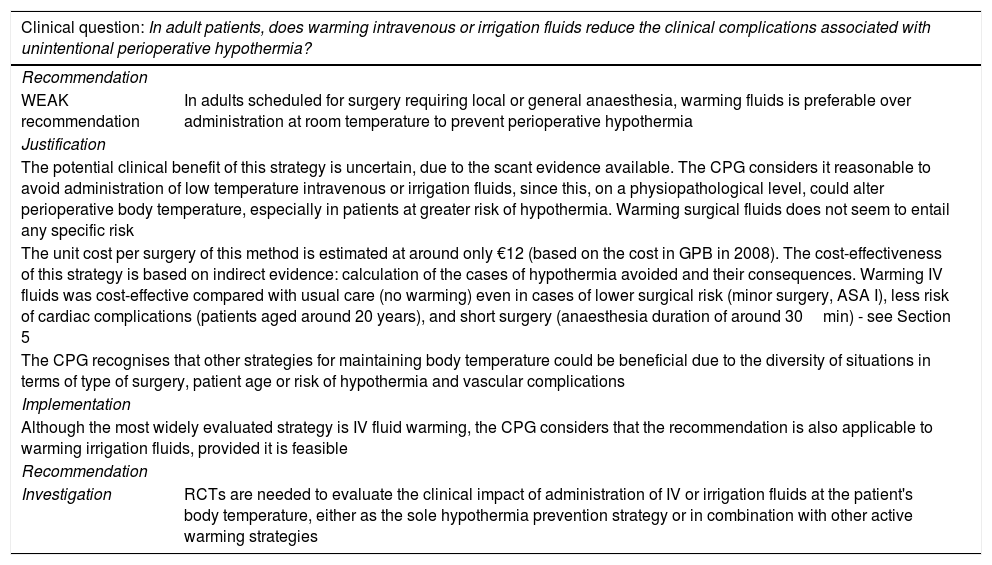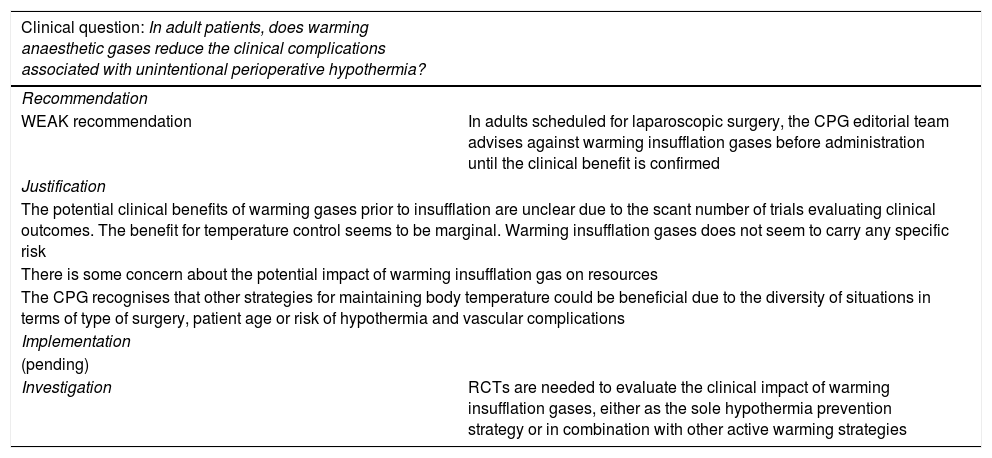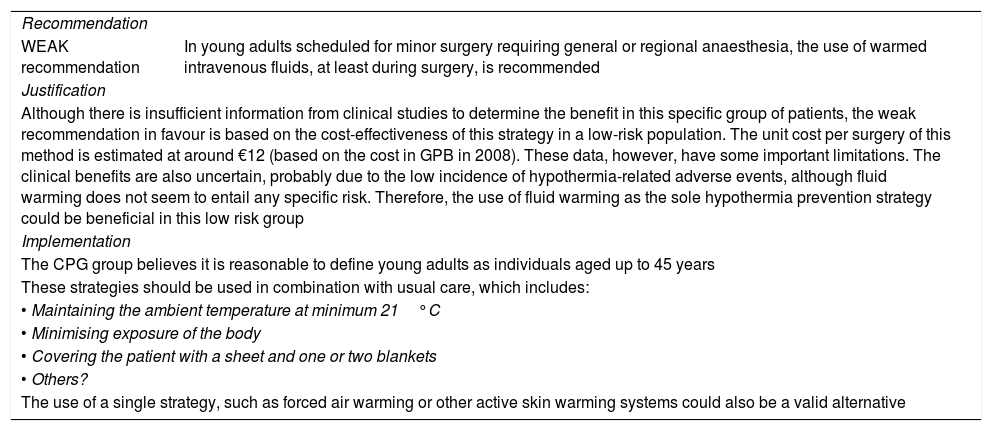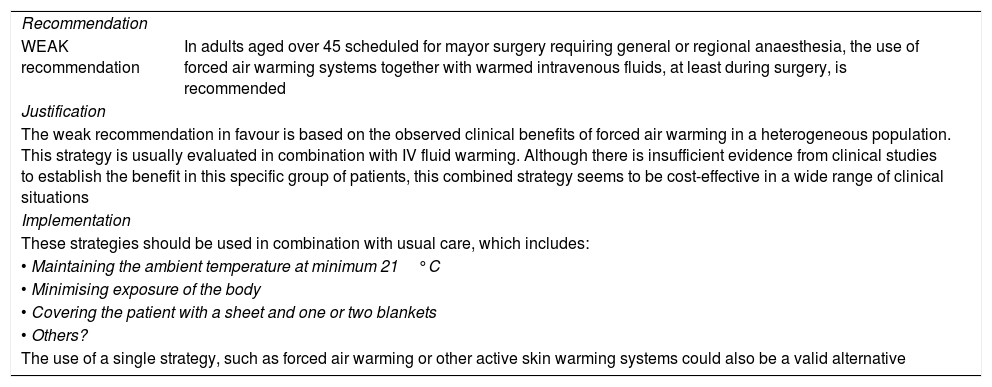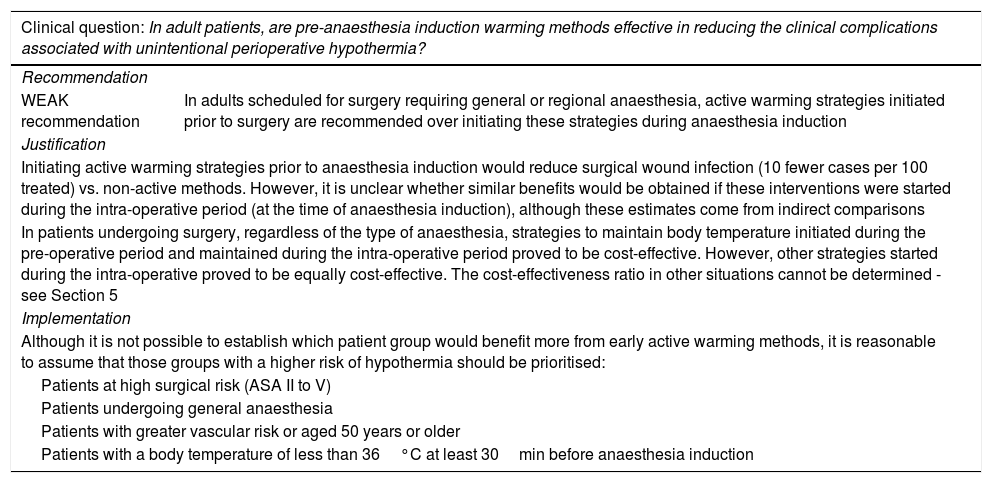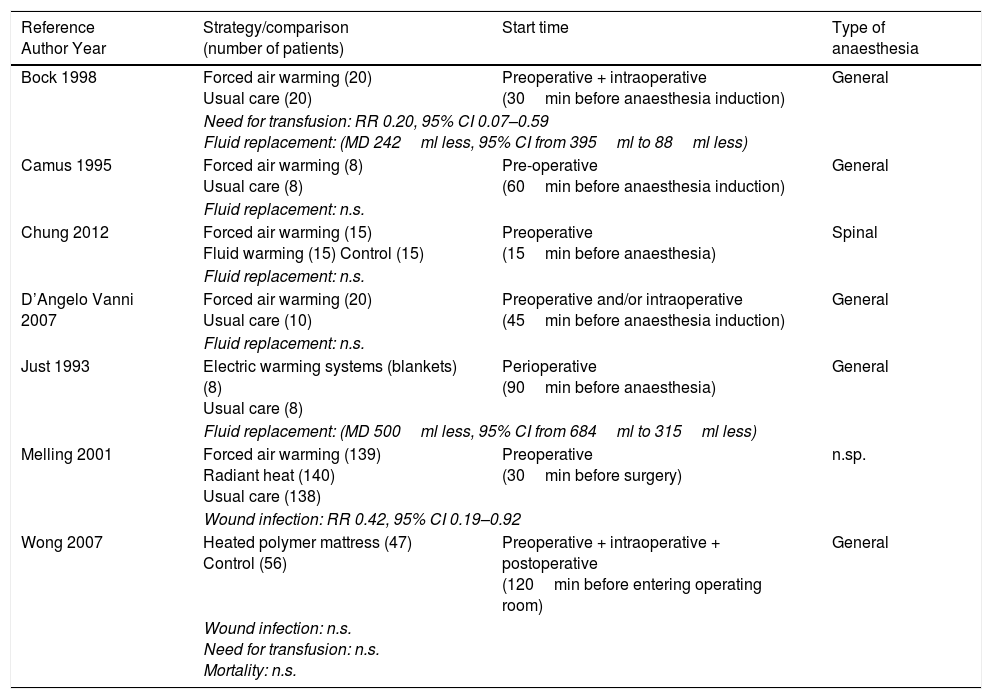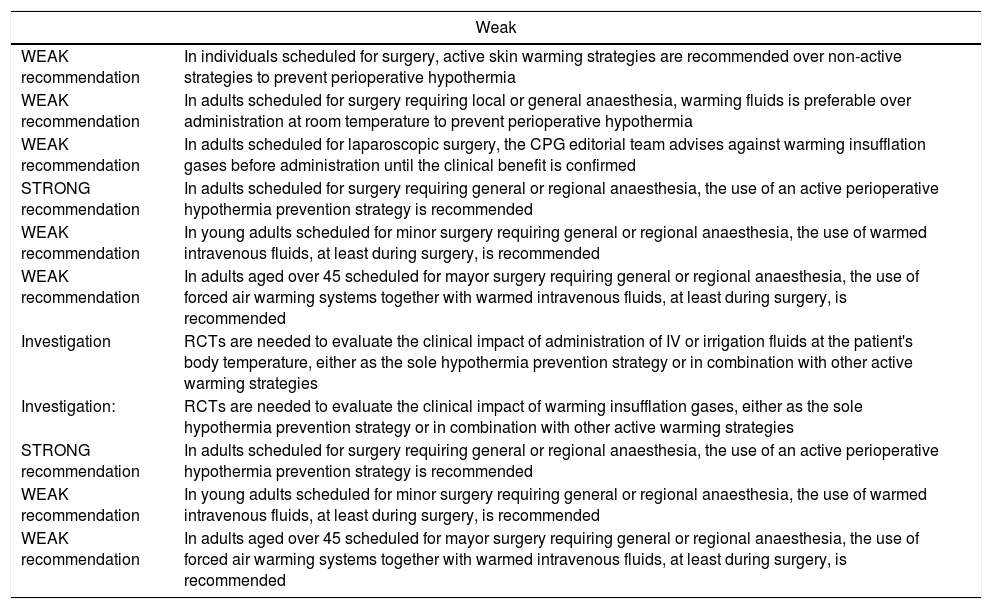La importancia de la seguridad de nuestros pacientes en el entorno quirúrgico ha impulsado multitud de proyectos dirigidos al mejor control y actuación clínica de las variables que intervienen o modulan los resultados de los procesos quirúrgicos y que tienen relación directa sobre los mismos.
La Sociedad Española de Anestesiología, Reanimación y Terapéutica del Dolor –SEDAR– mantiene una constante preocupación por una variable que determina claramente los resultados de nuestros procesos clínicos, la hipotermia no intencionada que se desarrolla en todos los pacientes sometidos a un procedimiento anestésico-quirúrgico.
SEDAR ha promovido, en colaboración con otras sociedades científicas y asociaciones de pacientes, la elaboración de esta guía de práctica clínica, que pretende dar respuesta a cuestiones clínicas no resueltas aun y para las cuales no existen hasta ahora documentos basados en la mejor evidencia científica disponible.
Con metodología GRADE y la asistencia técnica de la oficina de Colaboración Cochrane Iberoamericana, esta guía de práctica clínica presenta 3 recomendaciones (débil a favour) para los métodos activos de calentamiento para la prevención de la hipotermia (cutáneos, de líquidos o gases); 3 para la priorización de las estrategias de prevención de la hipotermia (2 débil a favour y una fuerte a favour); 2 para las estrategias de precalentamiento previas a la inducción anestésica (2 débil a favour); y 2 para investigación.
The importance of the safety of our patients in the surgical theatre has driven many projects. The majority of them aimed at better control and clinical performance, mainly of the variables that intervene or modulate the results of surgical procedures and have a direct relationship with them.
The Spanish Society of Anaesthesiology, Critical Care and Therapeutic Pain (SEDAR) maintains a constant concern for a variable that clearly determines the outcomes of our clinical processes, “unintentional hypothermia” that develops in all patients undergoing an anaesthetic or surgical procedure.
SEDAR has promoted, in collaboration with other scientific Societies and patient Associations, the elaboration of this clinical practice guideline, which aims to answer clinical questions not yet resolved and for which, up to now, there are no documents based in the best scientific evidence available.
With GRADE methodology and technical assistance from the Ibero-American Cochrane Collaboration office, this clinical practice guideline presents three recommendations (weak in favour) for active heating methods for the prevention of hypothermia (skin, fluid or gas); three for the prioritisation of strategies for the prevention of hypothermia (too weak in favour and one strongly in favour); two of preheating strategies prior to anaesthetic induction (both weak in favour); and two for research.






